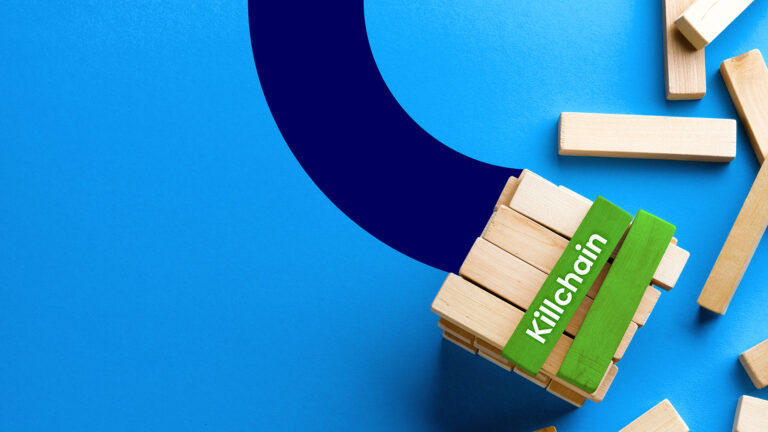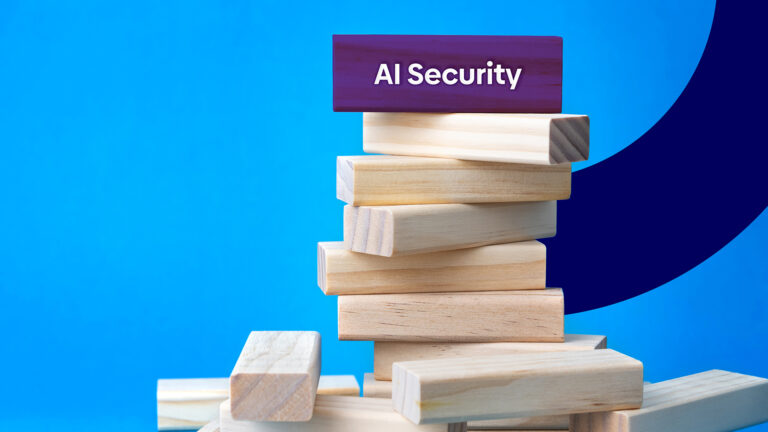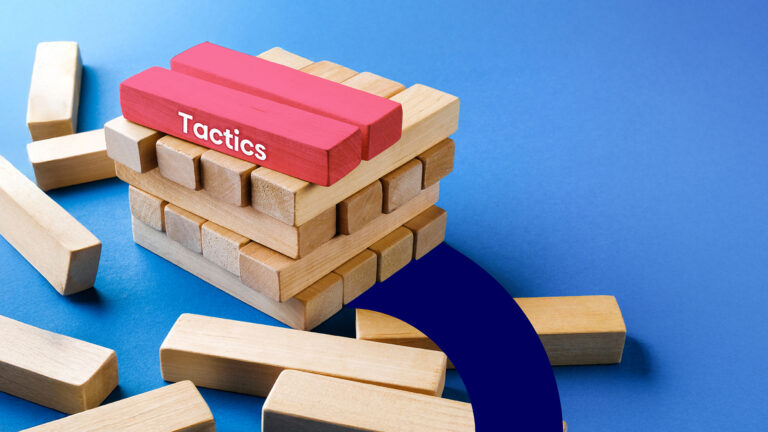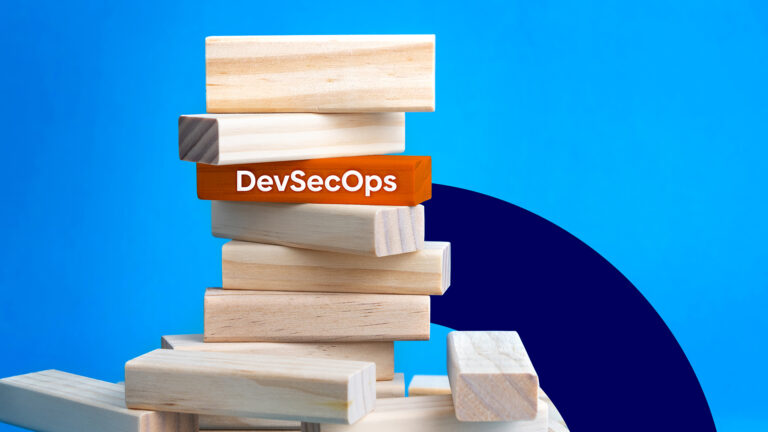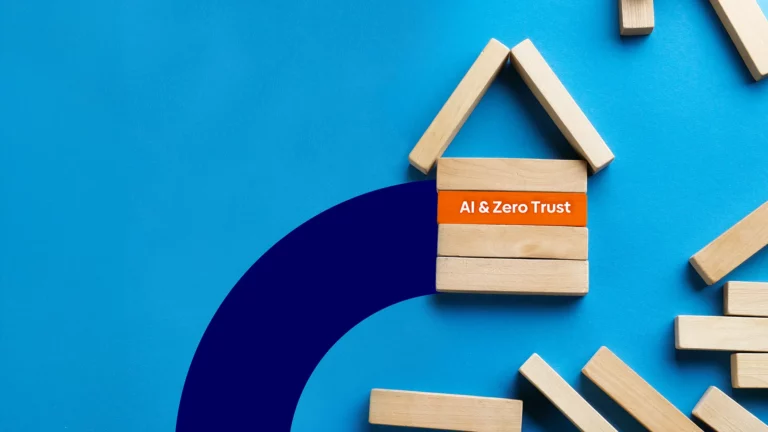Are you the weakest link? Why the chief product security officer is now your digital bodyguard
Imagine you’re standing on a glass bridge suspended over a canyon. One tiny crack in the wrong place, and the whole thing shatters. Now imagine that bridge is your software and every line of insecure code is a potential crack.
In the age of AI-powered everything, where even toothbrushes are smarter than some laptops were 10 years ago, every industry has transformed into a software company as they race to infuse AI into products, platforms, and services.
Every AI-powered service relies on layers of code, APIs, models, cloud integrations, and open-source components. It’s a digital jungle. And in that jungle, the weakest vine snaps the fastest.
So who’s watching the vines?
Enter the Chief Product Security Officer: The silent guardian of innovation
When the development team is sprinting, the business team is dreaming, and the release deadline is screaming, somewhere in the middle of that chaos stands the Chief Product Security Officer (CPSO), part bodyguard, part architect, part facilitator.
The CPSO is the bridge between product velocity and security sanity. Their mission isn’t to slow down the train but rather to make sure the tracks are still there. And long after the train leaves the station, they stay onboard making sure governance, visibility, and trust don’t disappear at launch.
In the era of software-as-everything, this role is no longer optional. The CPSO is now the last line of defense between a customer’s trust and your product becoming a headline.
What makes the CPSO’s role a critical one?
Cybersecurity is no longer about keeping the bad guys out. It’s about ensuring what you ship doesn’t invite them in.
The CPSO is responsible for:
- Building a culture of security by design that starts at design but lasts through the product lifecycle
- Building a world-class product security framework
- Embedding secure-by-design principles into the development lifecycle
- Running security awareness sessions tailor-cut to the audience
- Reviewing product security before every release, not after a breach
- Ensuring policies, processes, and people evolve with the threat landscape
- Driving the adoption of global standards, secure SDLC, and DevSecOps at scale
In short, the CPSO makes sure your innovation doesn’t become someone else’s infiltration.
CPSO: From security champion to regulatory requirements
When you sell a product, your customers assume you’ve done your homework and that the software inside isn’t laced with ticking time bombs. But most modern software isn’t built from scratch. It’s assembled. It’s a patchwork of third-party libraries, open-source tools, and AI models. You’re not just building your product. You’re stitching together hundreds of components built by others.
That means if you built it, you’re responsible for their mistakes. And if you installed it, you’re only as secure as they were careful.
If your software is part of someone else’s stack, you’re now part of their risk profile. You don’t just ship features. You ship potential vulnerabilities. And regulators know it. That’s why governments are tightening the screws:
- The U.S. Executive Order 14028 demands Software Bills of Materials (SBOMs) so the federal government knows what’s under the hood.
- The EU Cyber Resilience Act mandates that hardware and software products meet security requirements throughout their lifecycle, including vulnerability management, default security settings, and compliance marking.
- The EU AI Act enforces risk-based requirements on AI systems, holding vendors accountable for safety, transparency, and governance, especially for high-risk systems.
- Australia’s Cyber Security Act 2024 introduces mandatory security rules for connected devices, banning default passwords, requiring vulnerability disclosure, and setting software support expectations.
- Singapore’s amended Cybersecurity Bill (2024) expands protection to cloud-hosted and overseas systems designated as critical information infrastructures.
- Japan’s IoT/ICT Product Security Labeling Scheme (2025) launches a government-backed label for consumer-facing digital products, signaling baseline security assurance.
Security is a design choice, not a patch
You wouldn’t bolt airbags onto a car after it’s crashed. So why bolt security onto a product after it’s launched? Similarly, the CPSO ensures security isn’t a sticker on the box but part of the product’s DNA. That means secure coding practices, architecture reviews, code analysis, and threat modeling, all baked into the development lifecycle from day one.
Think of it like this:
Security is quality.
Security is trust.
Security is your product’s immune system.
And in 2025, if your product doesn’t have immunity, it’s not ready for release.
Of course, the CPSO’s job doesn’t end at release. It’s a continuum, building trust before delivery, and protecting it long after.
You don’t build products anymore. You build Trust
Every week, there’s a new breach. A new software flaw. A new exploit making front-page news. And in many of those cases, it wasn’t some fancy zero-day, it was just a lack of visibility, ownership, or basic security hygiene.
Ask yourself:
- Do you have a clear SBOM?
- Do your developers understand their role in securing the product?
- Who signs off on product security before release?
- Is your CPSO empowered, or fighting fires with a spray bottle?
Because if you can’t answer those questions confidently, then unfortunately YOU might be the weakest link.


